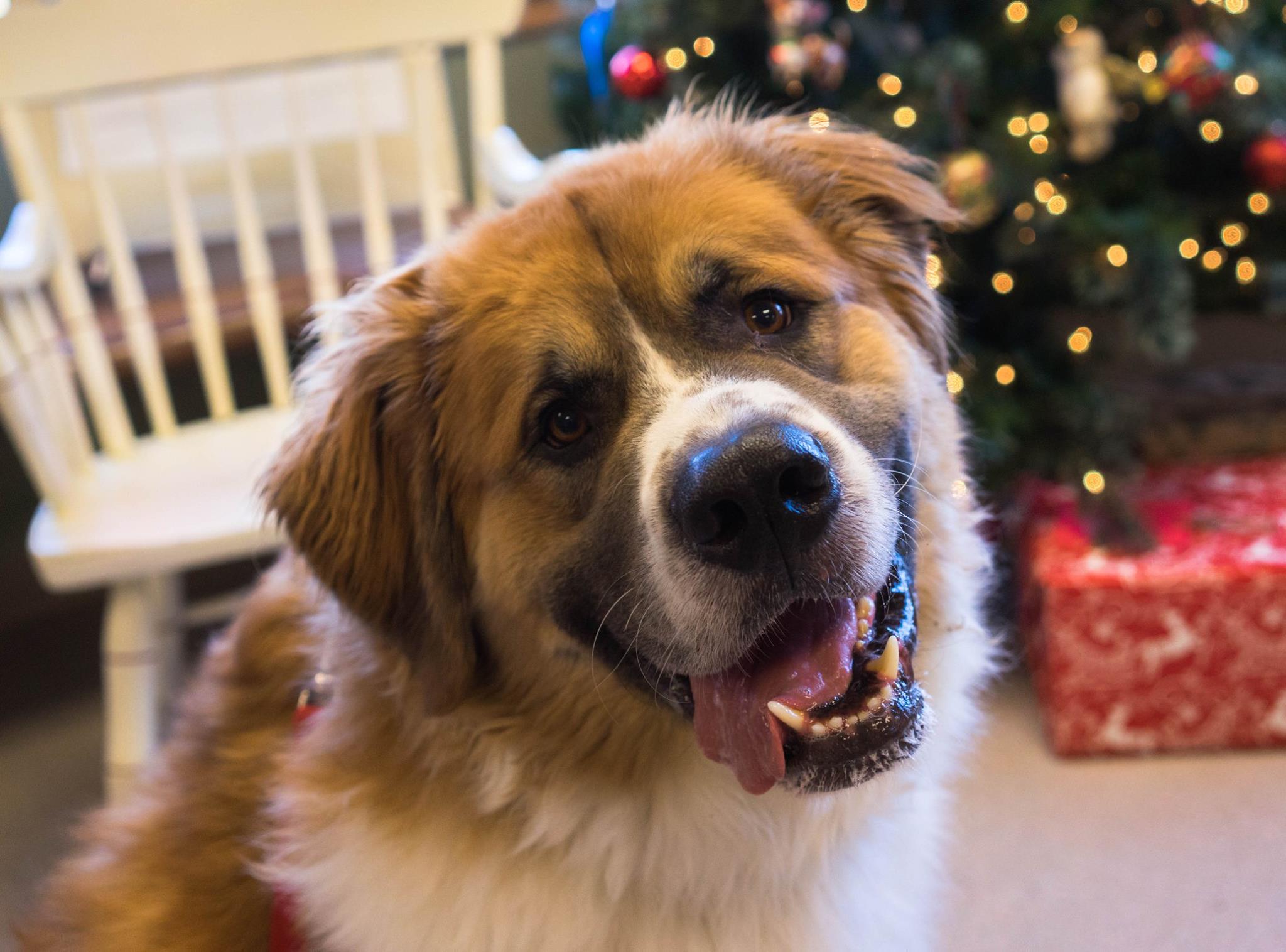
Hair-Flying or Harmony?: Cats & Dogs
Cats and dogs, age-old enemies, but are they really? We love to make these claims or jokes…but the truth is, they can get along just fine with a little work. Sometimes it’s an issue on the cats end, sometimes it’s the dogs, sometimes it’s just that the introduction was rushed. I would say that’s the issue in, at a low minimum, 50% of multi-animal homes that aren’t living in harmony. It’s so incredibly rare that I actually hear someone follow proper procedure in introductions, I’m shocked when they do. Today, I’m going to address why they might not get along, go over some of the primary issues people see, and then discuss proper introductions so we can prevent most issues from the start. Please note: Redirected aggression can occur in both species at any point, if you believe you’re experiencing that, please see see this post. If you believe your dog is exhibiting it, I am not exactly qualified to speak on that to a helpful extent, so I would recommend visiting this post.
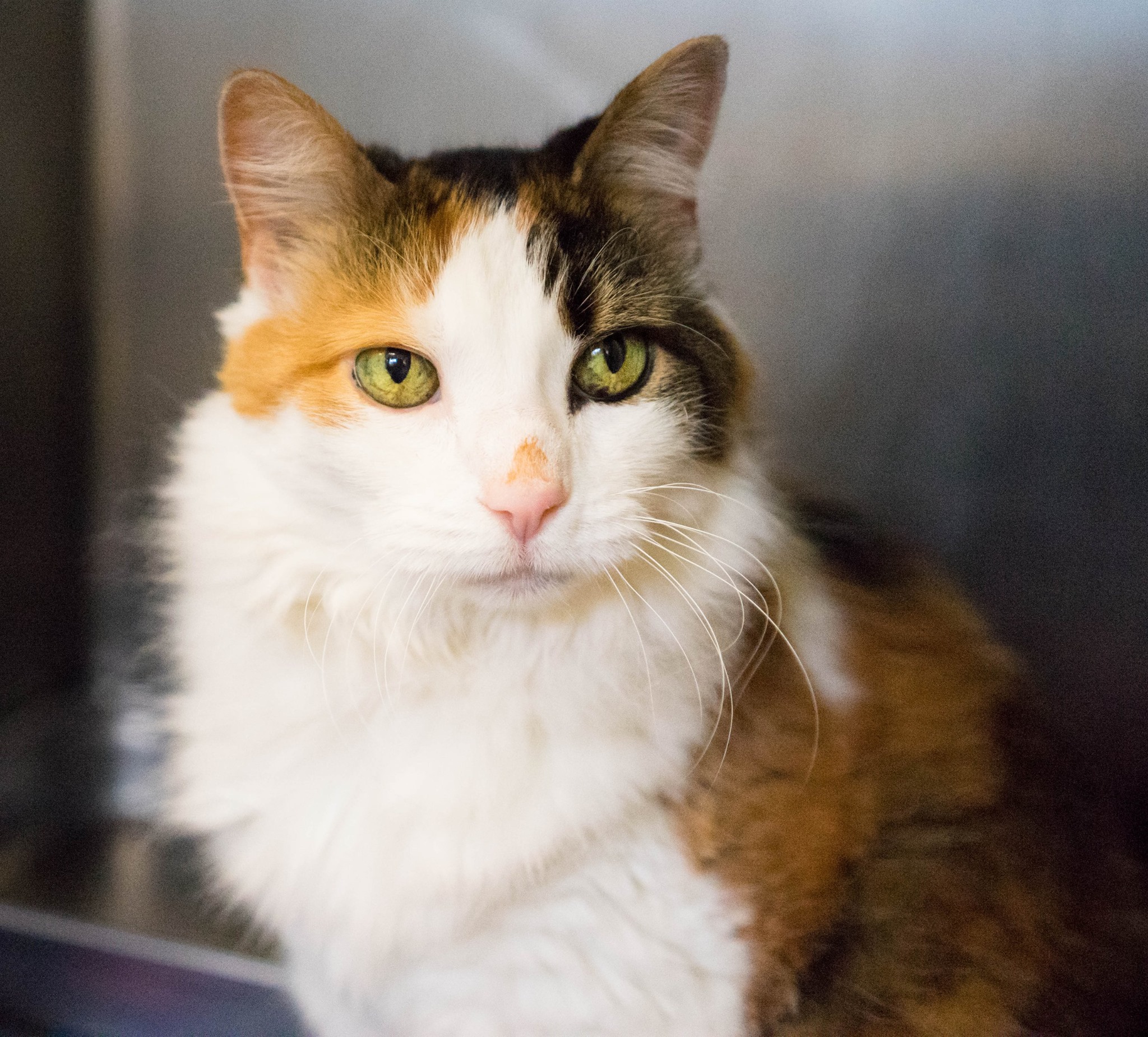
So, listen, don't come for me but I can personally completely understand why cats might not want to be friends with dogs. Me and cats are very much alike, we relate here, cats are very much like aspies! By that token...dogs are very much like children with rampant, untreated ADHD. I don't know, hear me out - I experience this with my family every day, an aspie surrounded by ADHD every day, a cat person in a shelter with dogs every day, it feels the same. Dogs are loud, they’re high energy, they’re unpredictable (I could not imagine being smaller than them and trying to navigate their movements! It's hard enough trying to manage them as something bigger than them!), and sadly, more often than not poorly regulated. They need to go-go-go, and although routine would help them, they’re just…all over the place and struggle greatly to maintain focus…at least unless it’s highly rewarding or their guardian has put a LOT of work in. Dogs are a lot to take, especially for calmer, routine-based creatures more prone to overload. I think me and cats resonate on this.
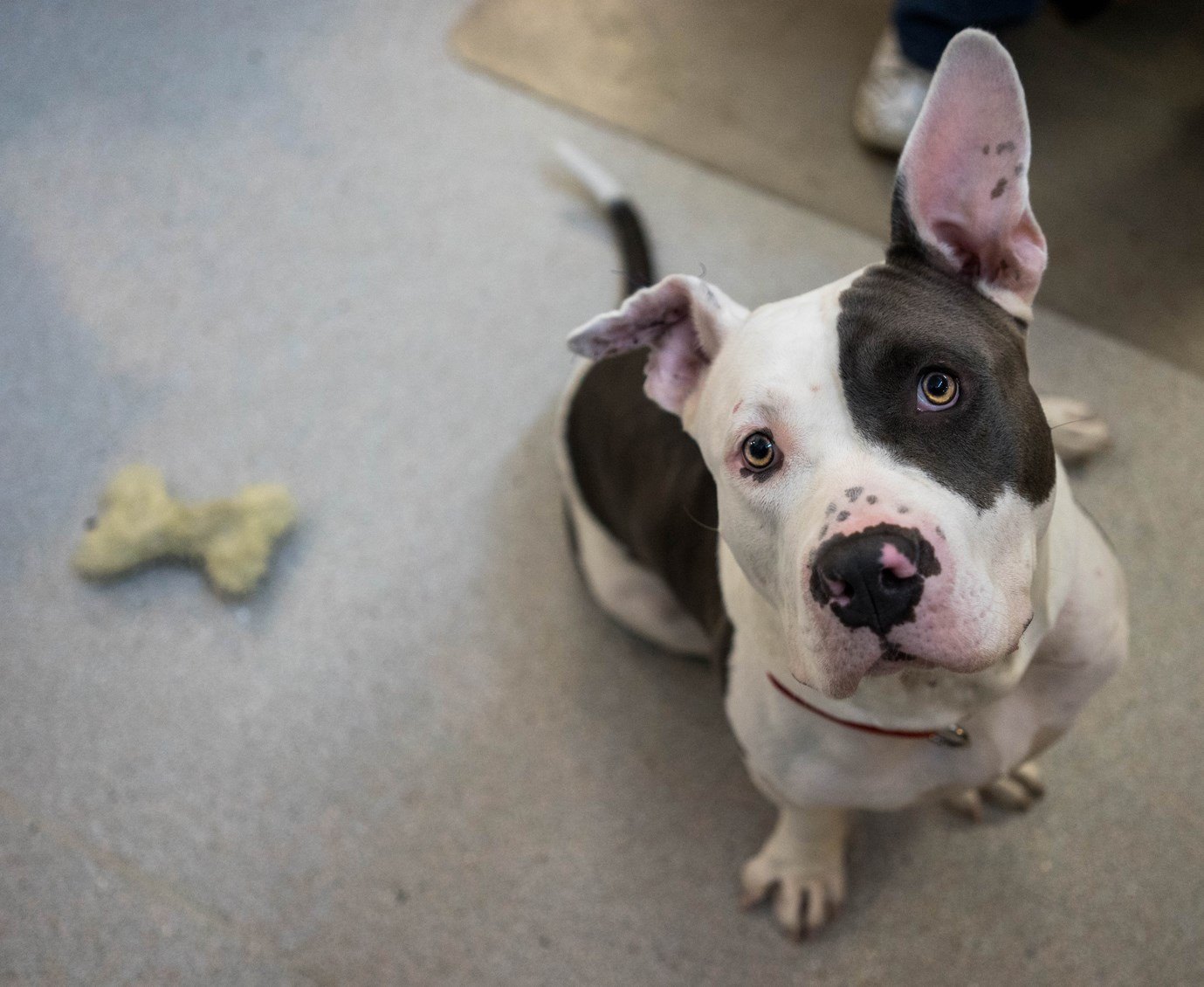
Okay, but what are some other issues between the two?
Prey drive! This one can go both ways, especially if you have a small or senior dog, but primarily this is going to be an issue on the dogs side. Animals want to hunt! Your cat may want to hunt your old, scared, or tiny dog which may start out as a playful behavior and only turn into a predatory one if the dog chooses to run away. The same goes for the dogs, but it can be extremely dangerous when it comes to them and breed considerations come into play. We have selectively bred some of them to hunt and kill, to herd, to…work! That’s the difference in their domestication process – we bred them with tasks in mind, some of them deadly. It’s ingrained in them to do these jobs, so a cat runs and they’re on it. Does it mean they’re automatically going to be a killing machine and can never live with a cat? No, not at all, but it needs to be taken into consideration because some may. Maybe you need to think about the temperament of the cat you’re bringing home and specifically choose one more likely to rough and tumble with the dog or fight back with a little more oomph rather than flee. Confidence is what you’re looking for, with or without high energy levels.
What dog breeds should you look out for? I won’t give a comprehensive list as I do believe it’s ultimately a waste of time solely because it’s not set in stone, but overall: Most hounds, terriers, collies, huskies, some mastiffs, inus, malamutes, shepherds, among a few others. Those high-energy kiddos who really want to run are a big tip-off. Do they herd you? They’ll likely herd a cat and that herding can escalate. Do they mouth and clasp your hands/wrists? Bingo, that’s a sign. Sometimes you can train them and get some control over these impulses, but this is a genetic, instinctive desire and sometimes it is so strong that it can not be controlled – that is when it’s dangerous. For people experiencing issues with hyperfixation and prey drive, I recommend high enrichment and a lot of play therapy for dog or cat. Clicker training can be helpful both for enrichment, but also practical, training things like “leave it,” “stationing,” “look at/over!” and simply, “stay,” and seeing if they are successful. If they aren’t, and the dog (or cat) is not able to break focus, it may be time to consider rehoming one of the animals. As said, I don’t want to scare you, but do want you to be aware. Knowing what you have and what the risks are is very important; living in Manhattan and adopting a malamute just because it looks pretty and having no way to run it is foolish, so is adopting a newly retired hunting dog and deciding you want to save the scaredy-cat too. Some things just don’t mix!
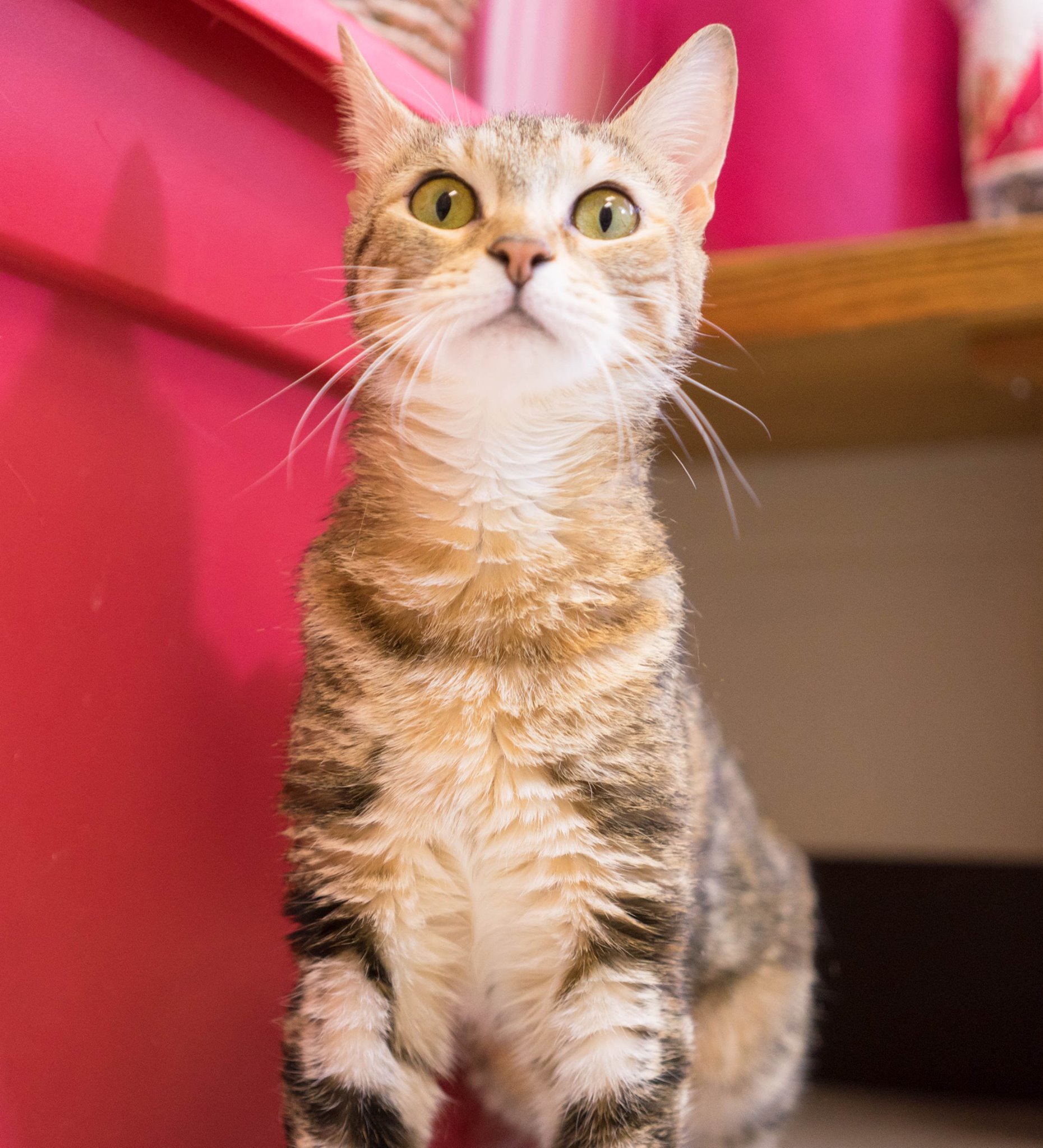
Territory is another boundary, this one more on the cats side. They’re very territorial creatures, and bringing a dog home will tip their whole world upside down. Even a cat that has known a dog, or even a cat before might not take too kindly to a new one in its space. It has to protect that space and all of the resources in it. Doubly, this new thing doesn’t smell like family yet, it doesn’t fit in the space. This can mean aggression, urine marking, litter box avoidance, food aggression, and more if you don’t go about things properly.
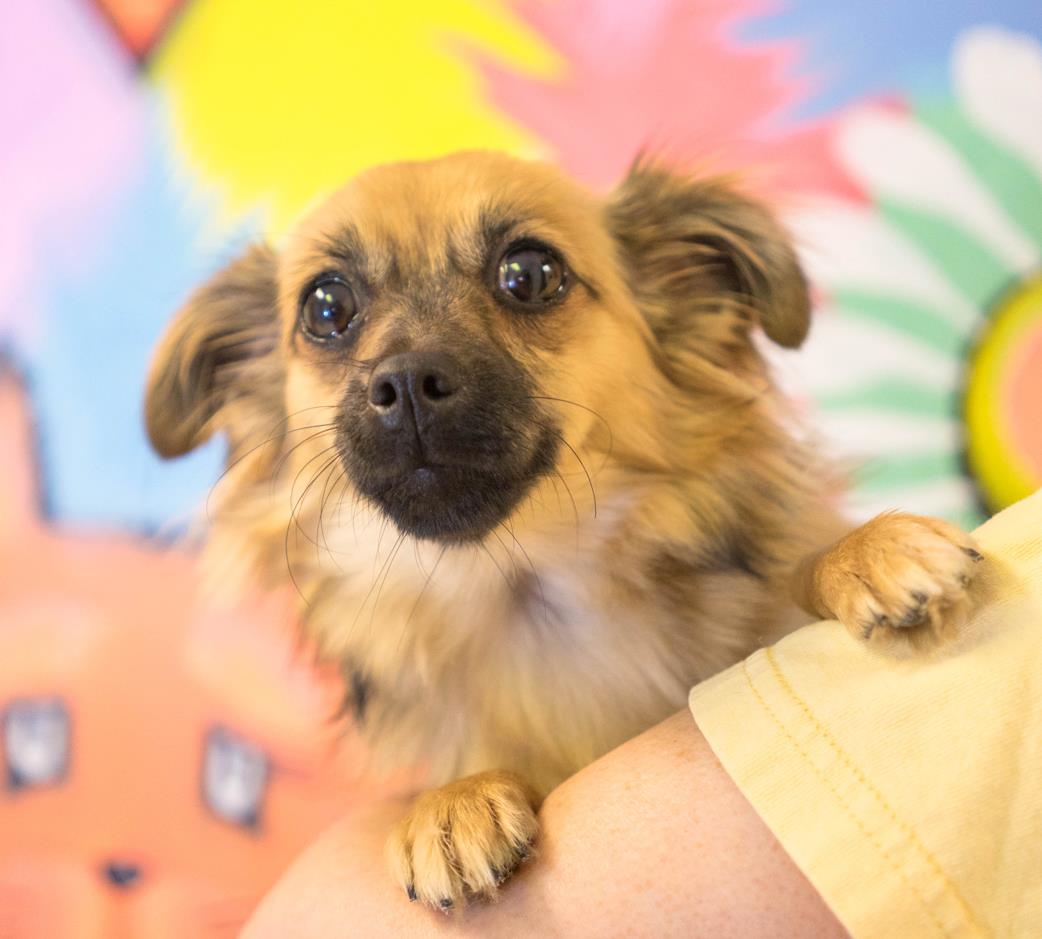
So how do we start things off right?
First thing’s first, try to meld personalities. Have a high-energy cat or dog? Try to get another high-energy cat or dog. Have a very confident and outgoing cat or dog that isn’t necessarily high-energy? Try to match that confidence and brazen personality. Have a scaredy-cat or nervous dog? Try to get a more timid or laid-back cat or dog. Have a senior animal? Adopt another older animal. Have puppy or kitten? Adopt another young animal. It’s that simple. You don’t want to pair a puppy and a 10-year-old cat and you don’t want a scaredy-cat and a Jack Russell or howling hound. (Unless, perhaps, they’re old and lazy and will mind their own) It’s just not going to go very well. Too often I see folks get their senior animals a kitten or puppy to “spice things up” – “pull them out of a funk” (Or because they are bored of their old animal and want something new and exciting. Sad but true) and they’re surprised when the senior is bullied, chased, otherwise initiated in play or predatory behaviors they didn’t sign up for or are just generally grumpy about this ball of energy in their life. Sorry folks, you did this. No surprises here! Have forethought.
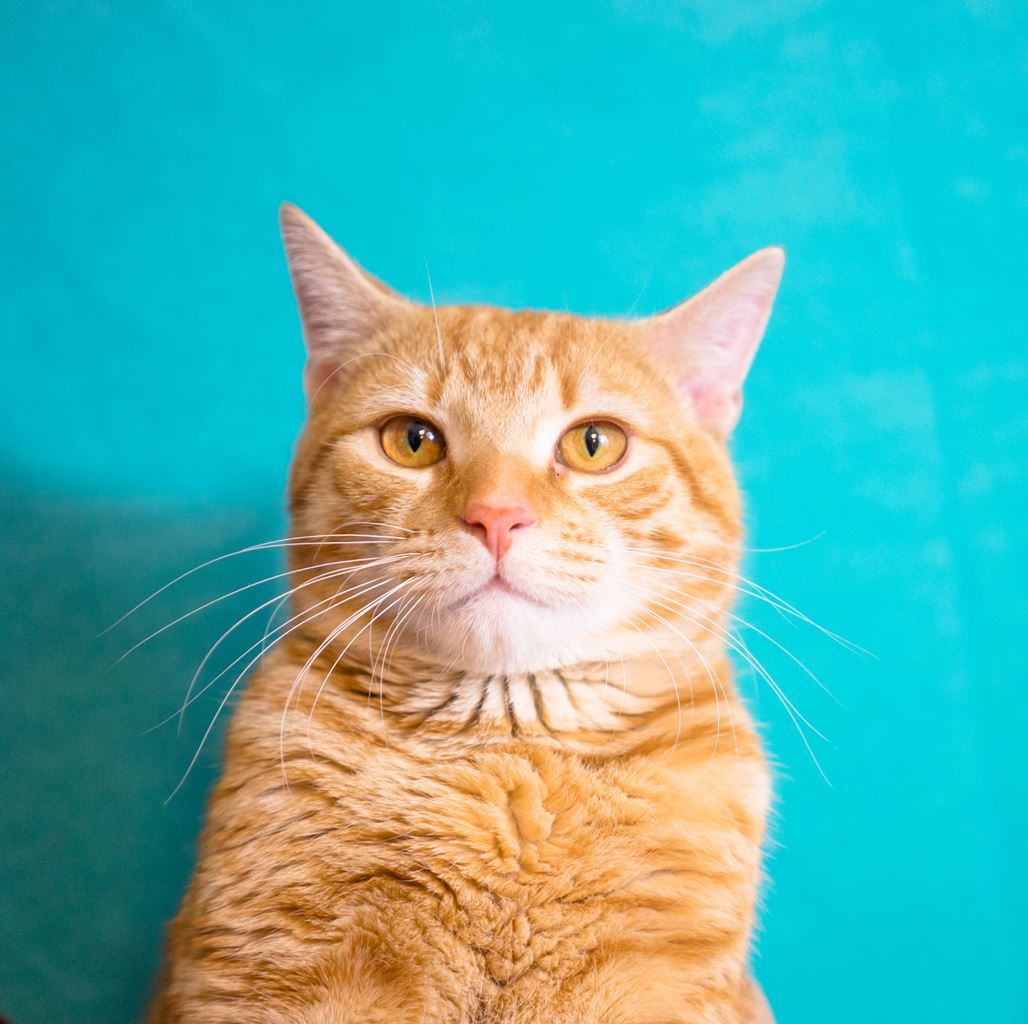
Next, when it comes to dogs, it's vital to have basic training under-belt before initiating any introduction processes. “But that takes time!” Well, introductions take time, and behavioral problems from doing them wrong take even more! Keep them separated and work on leash training. Get sits and stays under control, maybe "look at me", "look over there", "leave it!" or something along those lines. Work on distraction and redirection techniques. You’ll thank me later! The absolute minimum is leash, sit, and stay. If the dog doesn’t have that down and cannot remain calm at the sight of the cat for any period of time, things won’t go smoothly. The cat can also learn these same behaviors! (Leash isn’t really necessary – and always, if you do leash train them use a harness, not a collar! Collars are dangerous for cats)
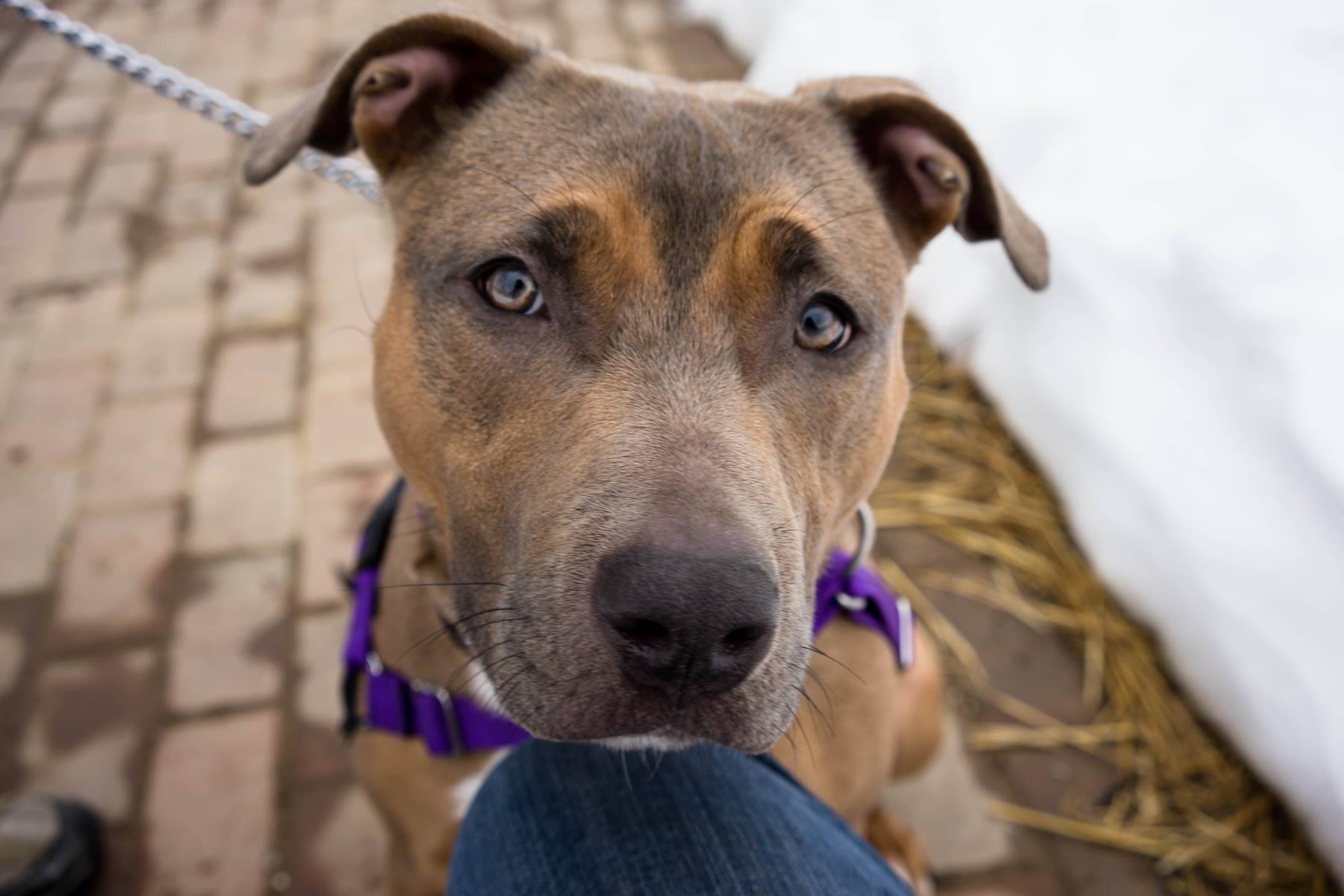
Make sure the cat has safe spaces to retreat to, whether it is in a sanctuary room or has the whole house, be they crates/carriers, cardboard boxes, cubbies, trees, beds – cats are going to want to get away if they get overwhelmed and in later stages of the introduction process, if they end up getting into play activities they didn’t sign up for or chased being able to get up and away is incredibly valuable. Make that superhighway!
Provide play before any introductory exercises. For a cat this is wand play, laser play (always followed by something to eat or catch/bite/kick) For a dog, fetch, a good run. You don’t want them riled up and ready to burst before they see each other, so tucker them all out before they meet.
Don’t let them fight. It’s a common adage to say “Let them sort it out and find their place in the home” or something along those lines. That’s just not right. There are situations where small spats will allow a bit of communication to happen, but this isn’t it. It’s important you know what fighting actually looks like, too. I see so often people asking if x is fighting, if x is an attack, if x is play – refer to our post on body language for cats. Play is pretty…bouncy, they’ll keep coming back and it should be mostly silent. It may look rough with pinning and swatting, but it’s pretty identifiable. Fighting is hissing, snarling, yowling, fur flying, running, chasing, scrambling, lunging – it’s chaos. If they’re playing, don’t ruin that. If it’s getting out of hand, let’s try and distract them. If they’re fighting, it’s time to break it up. It will only damage their relationship and potentially habituate aggression.
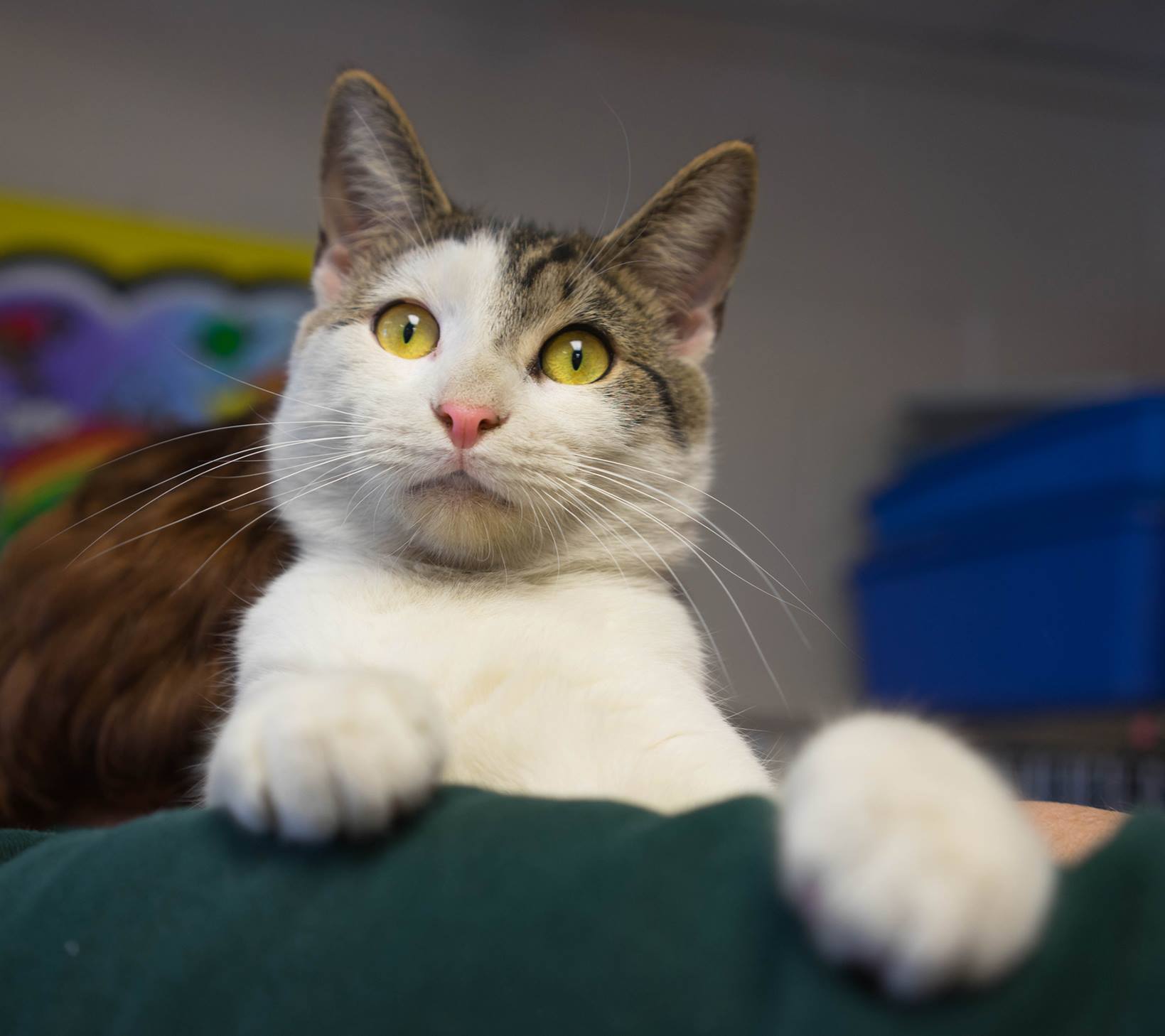
Let's talk about the introduction process...
I seemed to flip flop between writing this for cat-cat introductions and cat-dog introductions as I wrote it initially and it was a bit of a mess. I've tried to edit it the best I can. Generally, these processes are very similar and I believe you'll be able to use a bit of common sense to make the appropriate adjustments!
- 1. Set up a sanctuary room for the new cat or dog with everything they need for day-to-day life, enrichment, and comfort.
- 2. Begin a regimen of 2x daily play sessions additional to your visits for socialization. They may not want to play for their first few days of adjustment and that’s okay. This is getting you in the habit of initiating it.
- 3. After the cat seems comfortable in their room and with you, begin bringing the cat or dogs items in and take some items that smell like the cat/dog out for the other animal as well. This is scent swapping – we want to allow them to soak up each others’ scents in their environments. You can also take a small towel or old t-shirt and rub their scent glands, then rub down the other animal, making them smell like each other. For the cat, rubbing down the corners of the room and items in the room with the others scent will help. The cat will continually mark over them allowing these scents to mingle.
- 4. Never flood and never introduce new people, animals, or environments too quickly.
- 4a. You can also site swap at this point, allow the confined animal to experience another room (or even the house, if they’re not particularly spooky!) for a short period and mark it up while allowing the other animal to browse around that ones room. Don’t let them see each other or interact during this time. Can be repeated daily.
- 5. Set up a baby gate in the doorway and open that door. If introducing a dog, them on a lead and bring them towards the door. Have some treats in your pocket. If there is another person around to assist you, have them sit by the door with treats for the cat! Once that door is in sight, have him sit. (If you have time – have treats at the ready either way) Reward cat and dog for neutral or friendly, calm behaviors. If either become hyperfocused, begin to charge, are too excited, or begin vocalizing, remove them from the situation and try again later. For each successful session, move a bit closer. You can do this multiple times a day. It's similar for two cats, just without the lead (although some clients have used one!)
- 6. If all is going well with the above exercise, do the same with meals – begin feeding them at a distance consistent with the distance the other exercise is working at (Food is involved on a larger scale, maybe you can get a step closer…they’re not focused on each other), on opposite sides of the baby gate and move closer as time goes on.
- 7. If they’re able to get to the baby gate without negative interactions it’s time to move on to the next step. Either begin having exercises in the sanctuary room or if the cat is used to having time out in the home or other areas of the home (4a) you may be perform in a general area of the house. Much like the baby gate exercises, you’d get the dog on a lead, and remove the baby gate. Let the cat come out of the room, and reward them both for positive interactions – you may yo-yo them, luring them to and from each other with rewards. In the room, keep them occupied with positive things, let the activity die down, and let them interact. If positive, both get rewarded. If it seems to be getting a little hairy, end the session.
- 8. Begin letting both animals out loose together, if there is a dog, perhaps with the dog’s leash still on but hanging behind so you might be able to step on it if needed. Perhaps a towel handy to throw over the cat if needed, doing supervised sessions.
- 9. All going well? Great! Let’s open up the home. Go ahead and keep them out when you’re around, but you may still want to keep them separated when you’re not able to supervise – whether that be returning one to a sanctuary, or crating the dog – whatever works for your home.
- 10. Once you’re completely confident things are 100%, let them out for good!
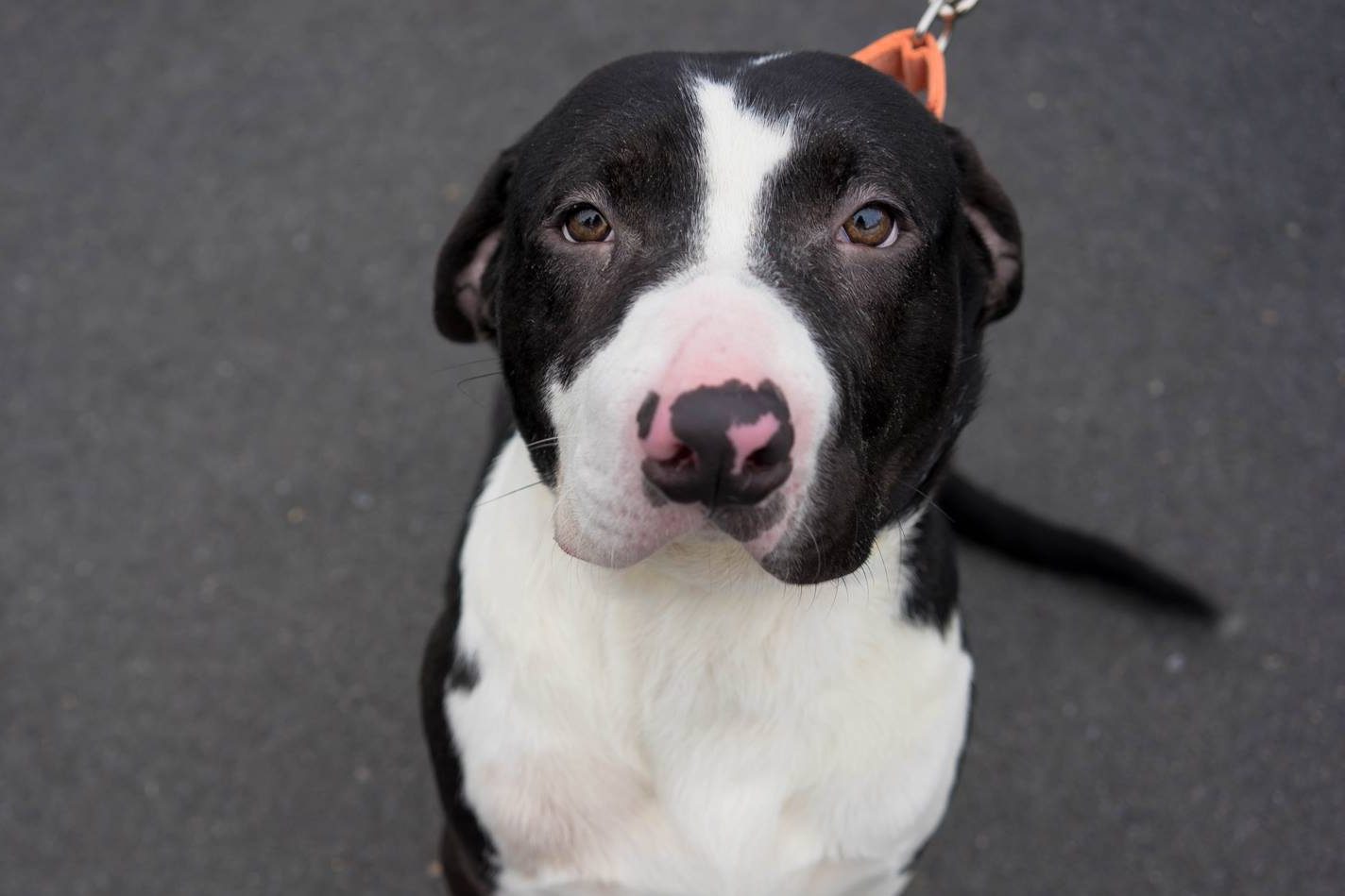
Phew, what a process, right? This can take place anywhere between two weeks to 6 months. There’s no telling, but putting that extra effort in really does make a huge difference. It’s well worth it.
IIf all else fails, seek the help of a professional. See your veterinarian, consult a behaviorist, get a referral to a veterinary behaviorist, call a dog trainer, call your local shelter to see what resources they have. Whatever it is, there still may be hope. If they determine there isn’t – perhaps it just wasn’t the right fit and that’s okay! You tried. Sometimes, it’s just the personalities and you can still make a multi-animal home work with the right dynamic (And hey, you’ve been through the ringer once, you’re an expert now!) or it might be that the resident animal just isn’t cut out for a companion – be it any at all, or one of that species. But now you know for sure…and it’s good knowledge to have even if it stings a little.
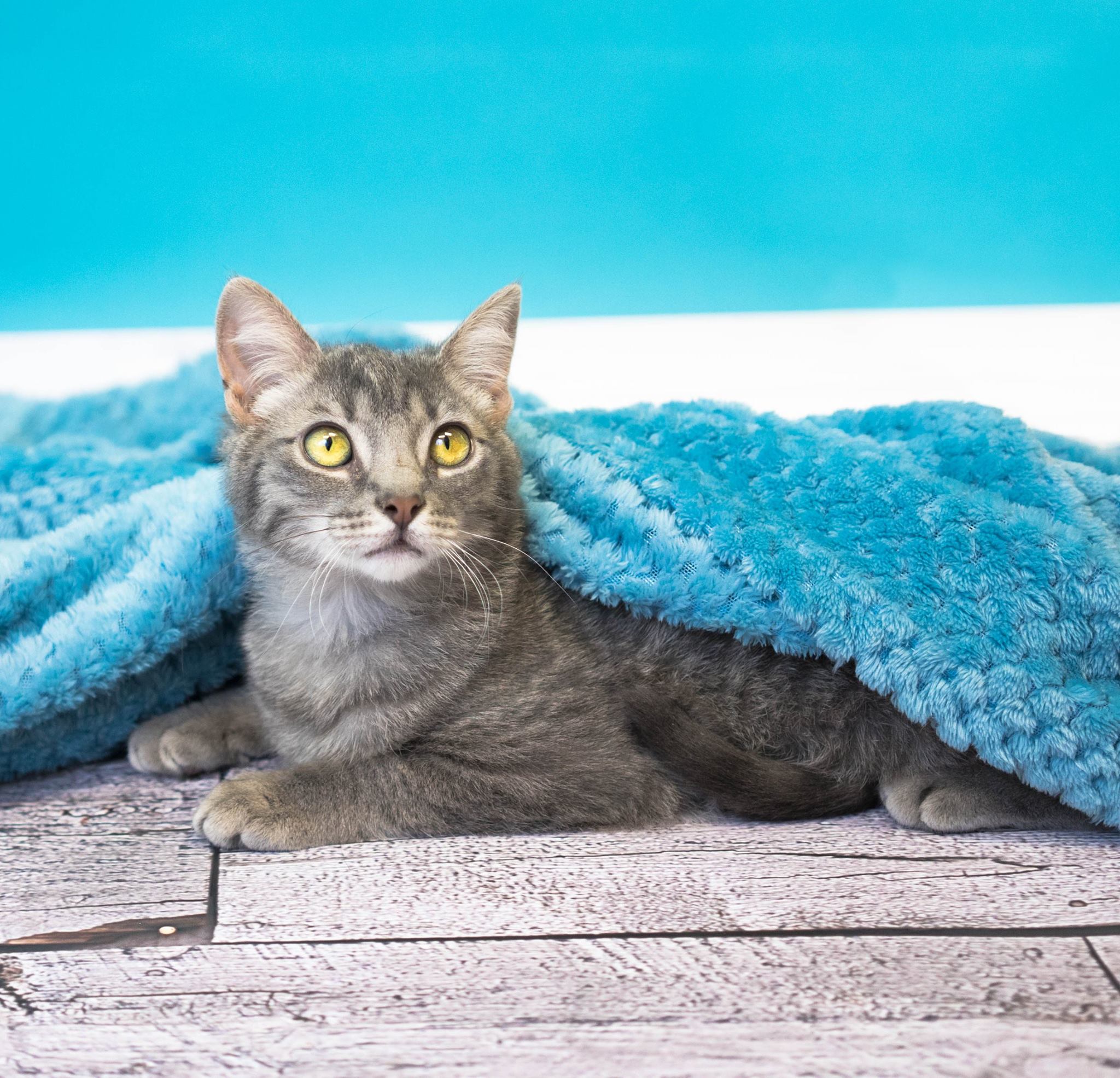
If you’re dead-set on having another animal in the home, how about fostering? You’d typically keep these temporary companions separate from resident animals anyway and you’ll get to love a whole variety of special little furballs! This is a great compromise in these situations where it doesn’t quite work. Just a thought!
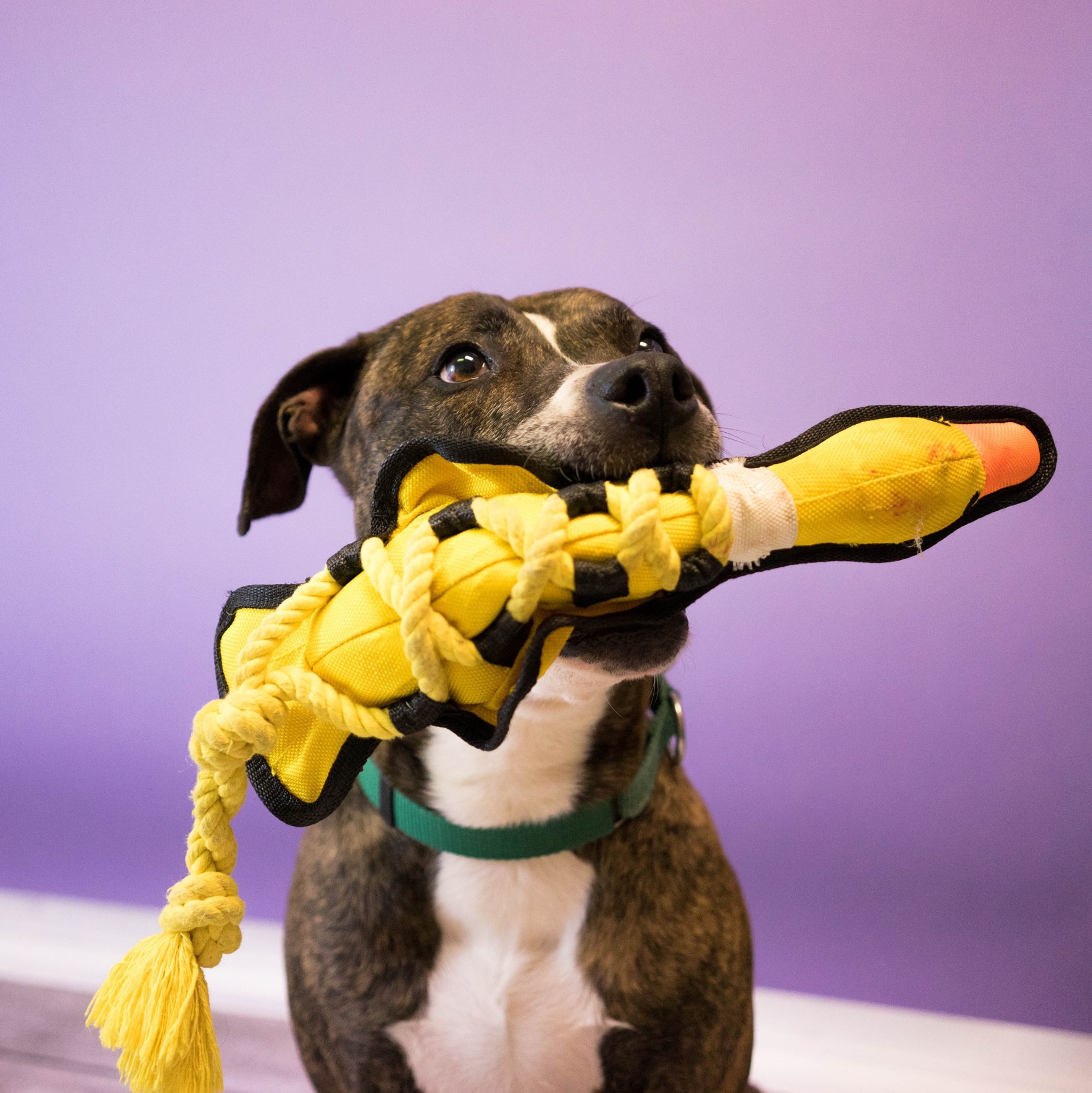
If you did achieve harmony, amazing! Whether they’re best buddies or just coexist, both are big wins and should be celebrated. Over time their relationships will shift and may become even closer. Continue the rewards and show them the love they deserve. ❤
Until next time.
-Meg
